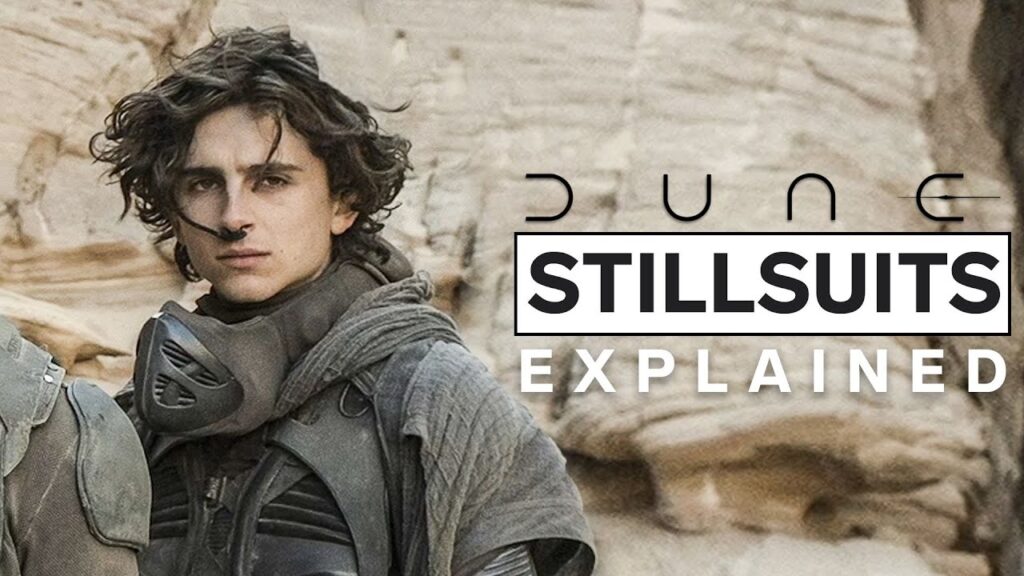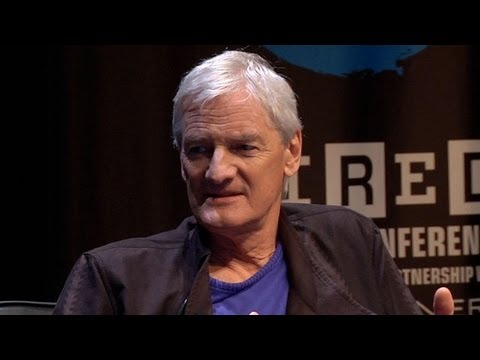Analyzing the Physics of Superhero Movies
Summary
In this article, we will explore various scenes from superhero movies and analyze the physics behind them. We will discuss how the extent of damage caused by a superhero’s collision with a human depends on their speed and powers, the physics behind a superhero running on water, and how Iron Man’s suit design increases stability during flight. We will also examine the importance of understanding the science behind these concepts and using them effectively in storytelling. Finally, we will discuss the physics behind Thor’s hammer in the Avengers movie.
Table of Contents
- A-Trai’s Collision with a Human
- Dash Running on Water
- Iron Man’s Suit Design
- Importance of Understanding Science in Storytelling
- Physics Behind Thor’s Hammer
A-Trai’s Collision with a Human
In one scene from a superhero movie, A-Trai collides with a stationary human, causing significant damage. The extent of damage depends on A-Trai’s speed and powers. The writer explains that the faster A-Trai is moving, the greater the force of impact, and the more damage will be caused. However, if A-Trai has the power to control their momentum or absorb impact, the damage will be reduced.
Dash Running on Water
Another scene involves Dash, a superhero who can run at incredible speeds, running on water. The writer explains that the physics behind this is due to surface tension, which allows some objects to float on the surface of the water. However, the writer also notes the Wile E. Coyote effect, where Dash would eventually sink if he stopped running.
Iron Man’s Suit Design
In a third scene, Iron Man tests his suit’s thrusters, and the writer explains how the suit’s design increases stability during flight. The writer notes that the suit’s thrusters are positioned in a way that allows for better control and stability, which is important when flying at high speeds.
Importance of Understanding Science in Storytelling
The speaker emphasizes the importance of understanding the science behind these concepts and using them effectively in storytelling. By doing so, writers can create more believable and engaging stories that resonate with audiences.
Physics Behind Thor’s Hammer
The speaker discusses the physics behind Thor’s hammer in the Avengers movie. By winding up the hammer before hitting Thanos, Thor is able to increase the impact speed and force, potentially knocking him down. The speaker notes that while spinning the hammer multiple times may not have any real benefit, it adds to the cool factor of the character.
Conclusion
While the physics in superhero movies may not always be accurate, they add to the fun and entertainment value of the film. By understanding the science behind these concepts, writers can create more engaging stories that resonate with audiences.







